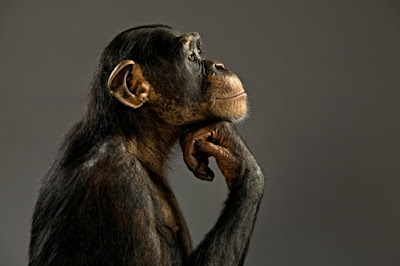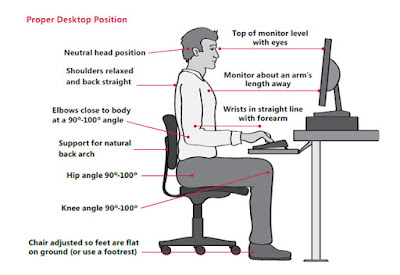The American Constitution is the constitution of United State of America. It was formed in 1787 after the famous American Revolution (1775-83).
In the year 1787, it was adopted at Philadelphia Convention and came into force in 1789.
 |
| Philadelphia Convention |
Now let’s we look into the some of the main characteristics of the American Constitution mentioned below:
Black and White (Written) Constitution
American constitution is classic example of written constitution. It’s the oldest among written constitution of the world. So, what it contains:
Apart from above it also includes actual working constitutional system like…
(1) Status of Congress ( Legislature of United States)
(2) The orders (Executive Orders) issued by the President, giving practical shape to statues made by Congress.
(3) Judicial decisions interpreting the constitution through a system like Judicial Review (Implied power)
(4) The political conventions. (E.g., cabinet of the president)
Rigid Constitution
Unlike flexible constitution of some countries like of Britain, American constitution is most rigid in the world. If it required to be amend it can be done so by Congress only and by the means of special process described in the constitution. So, in USA there is clear difference between ordinary law and constitutional law.
Two methods for constitutional amendment are listed below:
1. An amendment can be proposed by 2/3 votes of both the house of Congress. It also need to be ratified by the legislature of ¾ (38 out of 50) of the states within a seven year time span.
2. An amendment can be proposed by convention called by the Congress on the petition of 2/3 (30 of 50) of the state legislature. It needs the ratified by the convention in ¾ (38 of 50) state legislature.
Hence, the procedure to amend American constitution is very difficult. It also evident from the fact that only 27 times the constitution is amended since its inception in 1789.
Separation of Powers
The legislative, executive and judicial power of the government are clearly separated and vested in three independent organs of the Government- e.g.,
Article – I Congress
Article-II President
Article- III Supreme Court and inferior courts
Presidential Government
USA adopted the presidential form of government. The main features of this follows:
1. President is the head of state and head of government both. He is the chief real executive.
As a Head of State – Ceremonial Position
As a Head of Government - Executive Chief.
2. Elected by electoral college for a fixed tenure of four years. He cannot be removed by the Congress except by the impeachment process described in constitution.
3. President governs with the help of small groups known as “Kitchen Cabinet”. The member in this group is selected and chosen by president and responsible to him only.
4. President and his secretaries are not responsible to the Congress for their act.
5. House of Representative cannot be dissolved by President.
Checks and Balances:
The principle of separation of powers gave a birth to checks and balances. Each organs of the government is interdependent to each other and that ensures that no organ becomes autocratic and irresponsible.
Key aspects of checks and balance:
1. President Veto: Veto is of two types namely Pocket Veto and Qualified Veto
2. Senate confirms higher appointment and international treaties made by the President.
3. Congress has the power to determine the organization of judiciary.
4. President appoints judge with a consent of the Senate.
5. The Supreme Court can declare President or Congress laws as Ultra Vires (means null and void)
Federal Constitution
It is the first and the oldest federal constitution in the world. It comprises 50 states (13 original) and District of Columbia. Each state has its own constitution, legislative, governor and a supreme court.
Bill of Rights
The first constitution in the world that carried the bill of rights. It assures the large number of rights to the American people.
No person is to be deprived of life, liberty and property without the due process of law. This rights also curtails the absolute authority of government. Supreme Court acts as a guardian of these rights by judicial review. These rights were added in the constitution in 1791 through first ten amendments.
Bicameralism
The American Congress is bicameral that is, it consist of two houses:
- The House of Representative (Lower House)
Let’s understand the structure:
Congress
|
Member
|
Duration
|
The Senate
|
100
|
Two being elected from each state to serve for a fixed term of six
years
|
The House of Representative
|
435
|
Single member constituencies for a fixed two-year term
|
The Senate is more powerful then the House of Representative, infect, the Senate is the most powerful upper house in the world.
I hope now you understand the key concept of American Constitution. If you like this article please subscribe to my channel.















































